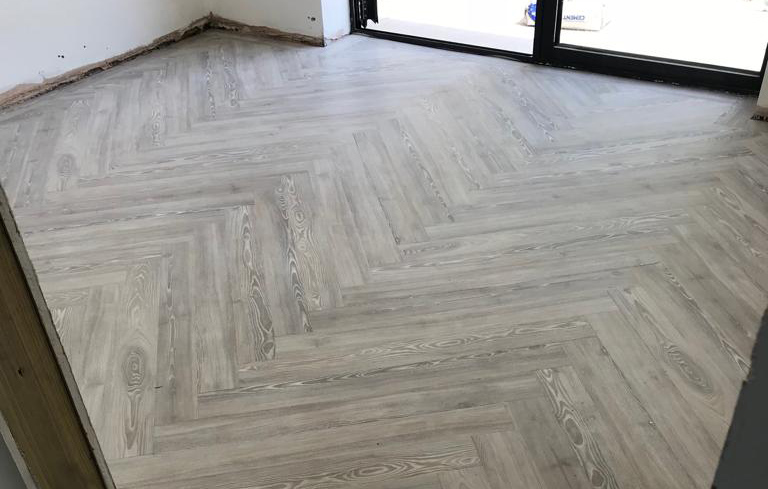
29 Jun Integrating different flooring through your home
Using the same flooring throughout your house has several benefits, such as improving flow, making the space seem larger, possibly increasing the value of the home, simplifying cleaning and maintenance, and avoiding tripping hazards.
However, sometimes homeowners prefer to use different flooring for different rooms for practical and aesthetic reasons, in which case it is advisable to limit it to two or three types but there is no hard and fast rule. It’s your house after all.
Style
Start by considering the overall design style and aesthetic you want to achieve. Different flooring options can complement different styles, so choose flooring materials that align with your personality, needs and design vision.
Open plan
If you have open-plan areas or rooms that flow into each other, using the same flooring throughout can create a sense of continuity and make the space feel larger. This is particularly effective in areas like the kitchen, dining, and living spaces. Plus, if you have large, glazed doors that open out onto a patio, it’s now possible to buy matching stone tiles for the exterior and internal areas so it all feels like one space when the doors are wide open.
Crossing borders
If you want to use different flooring materials between rooms, consider using metal thresholds or borders to create a smooth transition. This can be achieved with materials such as wood, metal, or stone, and will visually separate the different flooring types while maintaining a cohesive look and ironing-out discrepancies between differing levels.
Less is more
To avoid creating a chaotic or disjointed feel, it’s generally recommended to limit the number of different flooring materials to three or less. This will help maintain a cohesive and harmonious flow throughout your home.
Seamless
When choosing different flooring materials, consider coordinating their colours, textures, or patterns. This will create a sense of unity and harmony between the different rooms, allowing them to complement each other rather than clash.
Zoning
Another approach is to use different flooring materials to define functional zones within your home. For example, you can use tiles in the kitchen, hardwood in the living room, and carpet in the bedrooms. This can help create distinct areas while still maintaining a cohesive overall design, especially if they’re all from the same colour palette.
Interior designers
If you’re uncertain about how to seamlessly connect your rooms or need assistance with choosing the right flooring materials, consider consulting a professional interior designer or a flooring specialist. We can provide valuable guidance and help you achieve the desired look for your home.
Remember, the ultimate goal is to create a visually appealing and cohesive space that reflects your personal style. By carefully selecting and integrating different flooring materials, you can achieve a beautiful and harmonious home design. To learn more, give our team a call on 0800 096 1171.
June 29, 2023

































